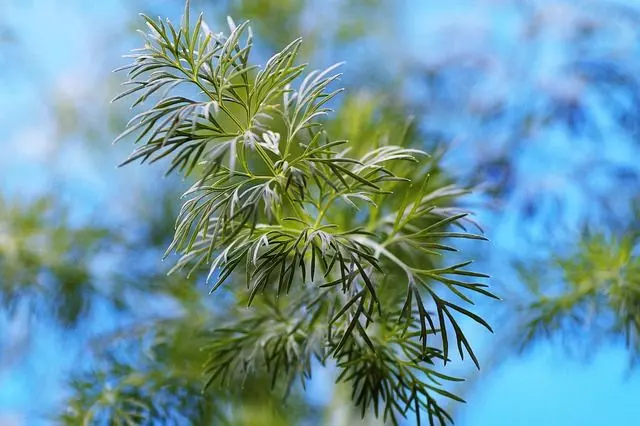Dill is a plant of Oriental origin that grows sporadically in areas of Europe, Asia, and Africa. It is a crop widely used in the pharmaceutical, food, cosmetic, and liquor preparation markets. It should also be mentioned that dill seeds are used as remedies due to their stimulant, stomachic and digestive properties. In this article, we will learn how to grow dill.
Table of Contents
Previous Tips on How to Grow Dill
When to Plant Dill and Suitable Climate
This plant is characterized by a very short vegetative period, since its leaves and seeds can be harvested in 100 to 120 days, depending on environmental factors. For maximum yield, the ideal temperature is between 61 to 68°F (16 to 20°C). Once the seeds are sown, it can take 10 to 17 days to obtain seedlings.
After this period, the growth period of the stems begins, which takes between 35 to 40 days. Finally, depending on the climatic conditions, flowering can be obtained 50 to 70 days after the cotyledons are obtained.
If you live in a rainy and cold area, you will be able to obtain mature seeds after 40 to 45 days, counting from the beginning of the flowering period. However, it should be noted that under adverse conditions they can ripen unevenly, and ripe dill seeds can fall off very easily.
This plant needs lighting and should be exposed to the sun for at least 4 to 6 hours. In case you live in very cold and rainy climates, you should sow the seeds in a greenhouse or indoors. Another tip on how to plant dill is to place the plant in a place where it is not exposed to the wind.
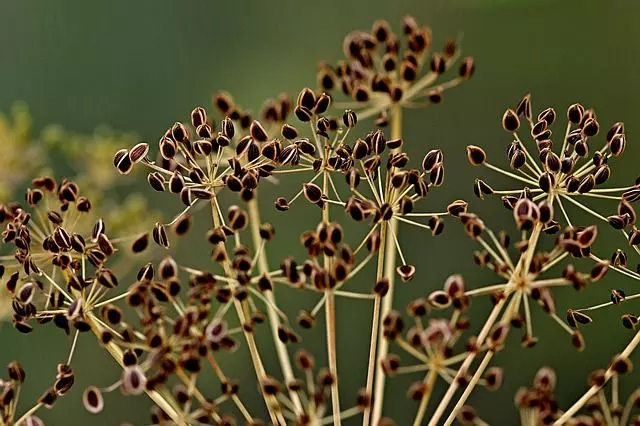
Soil or Substrate for Dill
When it comes to how to plant dill and the substrate to use, keep in mind that dill cultivation prefers a light, fertile, and easily drained substrate. A pH between 5.5 and 6.5 is the most appropriate for growing dill.
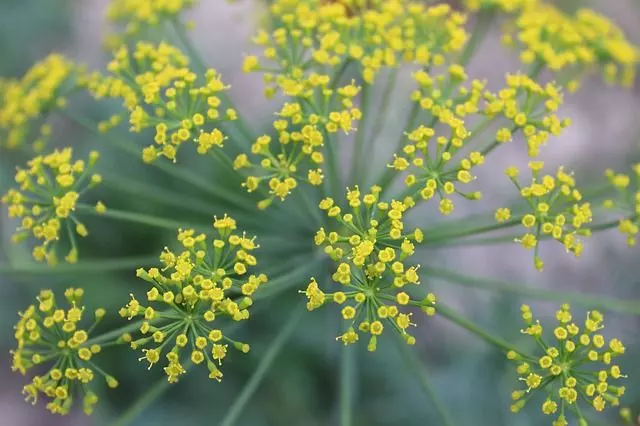
Watering Dill
When it comes to how to plant dill and when to water your plant, you can use the soil as a guide by sticking your finger in it. In case it is dry, then you should water the plant. This is because this aromatic plant requires a moist substrate, but you should not overdo it with watering, as you can kill your plant. During the flowering period, you should increase the frequency of watering.
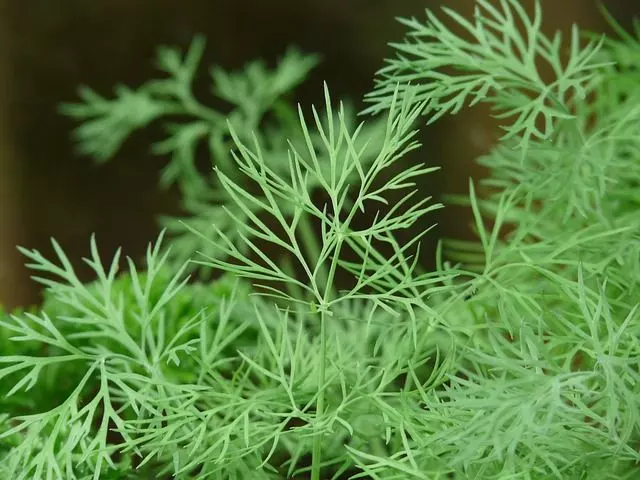
How to Grow Dill Step by Step
Sowing is done with seeds in moist soil, but not waterlogged. Likewise, the soil must be fertilized beforehand. In case of sowing dill outdoors you must prepare the ground, previously plowing the soil and making superficial tillage. This is done to ensure very soft and fine soil.
Sowing is usually done in rows with a distance of 10” (25 cm) between each plant. Subsequently, the seeds should be placed and pressed against the soil.
The seeds can be sown directly into the ground in March in the northern hemisphere and September in the southern hemisphere, only if you live in a temperate climate zone. If on the contrary, you live in a very cold area you can wait until April or you can use seedbeds protected from the cold.
It should be noted that if your objective is to grow dill to obtain seeds, you should not postpone sowing beyond April, since you run the risk that the dill crop will not complete its cycle. It is very important to acquire a high-quality seed to avoid defective development during seed collection.
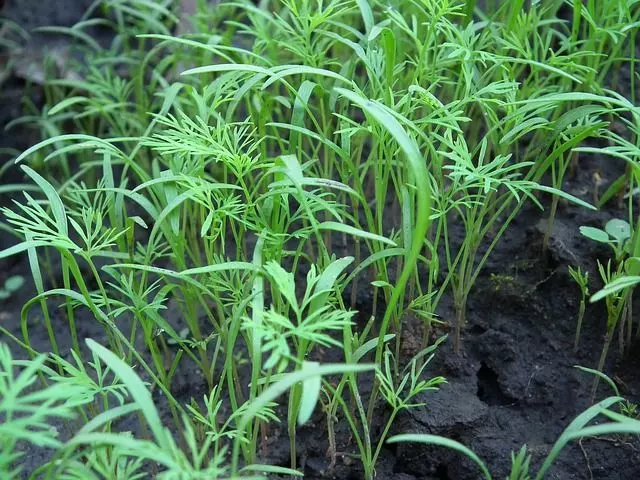
How to Grow Dill in Pots
If you are going to plant dill in pots you should place a layer with some stones and then add another layer of sand measuring 1” to 1.5” (3 to 4 cm). The rest of the pot should be filled with fertile soil rich in organic material. For this, you can mix one measure of worm humus for every 5 measures of soil.
Care of Dill Plant
You already know how to grow dill, now we will explain how to take care of it so that it grows strong and healthy.
Remember that some studies done in fields have shown that the quantity and quality of the dill harvest, either to obtain leaves or seeds, can vary greatly according to the date of sowing. Plants that have been sown early are those that have an adequate development of the crop and correct completion of the vegetative cycle, and therefore those that have a better yield.
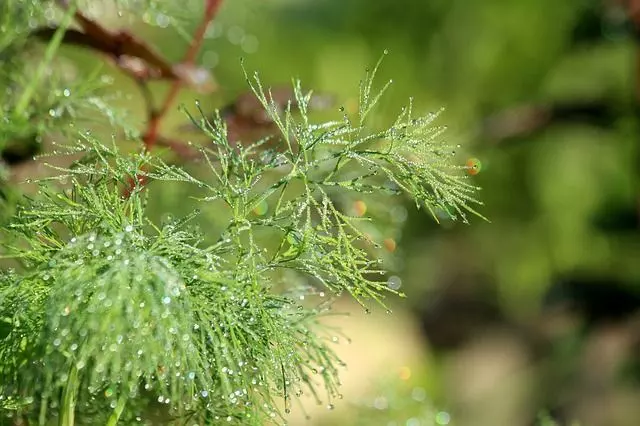
Repotting Dill
If you have used seedlings for dill cultivation, you should repot them into pots or the garden when the seedlings have 4 cotyledons.
Pests and Diseases
Dill, being an aromatic plant with essential oils that have inhibitory properties, is resistant to many pests and diseases. However, this plant can be prone to pests such as Alternaria sp.
One practice to prevent this type of pathogens is to coat the seed with organic and inorganic fungicides. You should also fight early against land mollusks such as snails and slugs, as they can pose a danger to young plants.
Harvesting Dill
Dill plants are usually harvested after 8 to 10 weeks. If you are going to use the leaves in home remedies you should harvest them during flowering, due to their higher concentration of essential oils.
The seeds obtained can be saved for the following year’s sowing or used as home remedies. Dill seeds that are intended to be used as part of recipes or remedies should be harvested when the flowers have a dark coloration. Learn more about How to Harvest Dill Without Killing the Plant.
